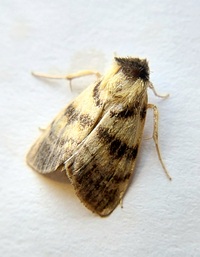
| Recorded by: Mark Basinger on 2025-05-31
Brunswick Co.
Comment: | 
| Recorded by: Mark Basinger on 2025-05-31
Brunswick Co.
Comment: |

| Recorded by: Mark Basinger on 2024-07-02
Carteret Co.
Comment: | 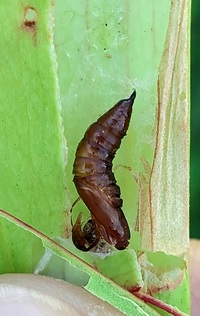
| Recorded by: Mark Basinger on 2024-07-02
Carteret Co.
Comment: |
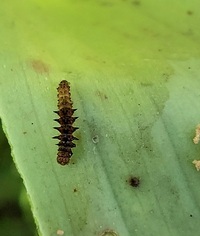
| Recorded by: Mark Basinger on 2024-07-02
Carteret Co.
Comment: | 
| Recorded by: Mark Basinger on 2024-07-02
Carteret Co.
Comment: |

| Recorded by: Mark Basinger on 2024-07-02
Carteret Co.
Comment: | 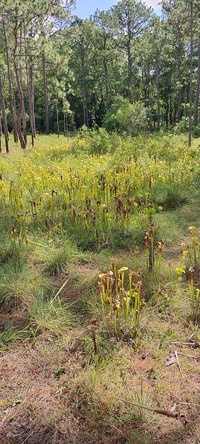
| Recorded by: Mark Basinger on 2024-07-02
Carteret Co.
Comment: |

| Recorded by: Mark Basinger on 2024-07-02
Craven Co.
Comment: | 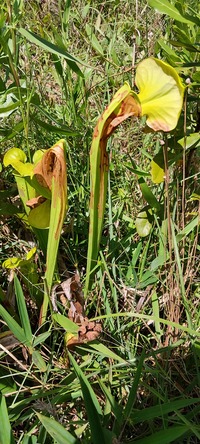
| Recorded by: Mark Basinger on 2024-07-02
Craven Co.
Comment: |

| Recorded by: Mark Basinger on 2024-07-02
Craven Co.
Comment: | 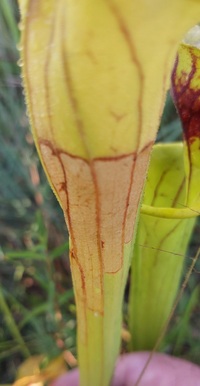
| Recorded by: Mark Basinger on 2024-06-18
Brunswick Co.
Comment: |

| Recorded by: Mark Basinger on 2024-06-18
Brunswick Co.
Comment: | 
| Recorded by: Mark Basinger on 2024-05-27
Brunswick Co.
Comment: A pitcher plant with sketonized tissue. |
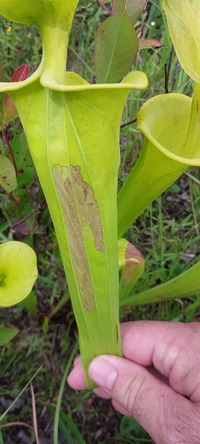
| Recorded by: Mark Basinger on 2024-05-27
Brunswick Co.
Comment: | 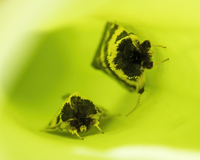
| Recorded by: Mark Shields on 2021-06-11
Onslow Co.
Comment: |
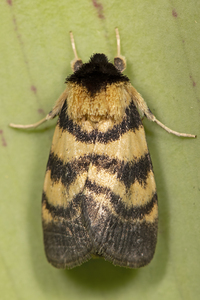
| Recorded by: Mark Shields on 2021-06-01
Onslow Co.
Comment: | 
| Recorded by: Mark Shields on 2021-06-01
Onslow Co.
Comment: |
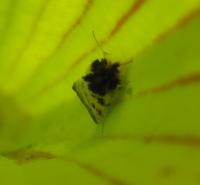
| Recorded by: Alicia Jackson on 2019-07-31
Cumberland Co.
Comment: | 
| Recorded by: Alicia Jackson on 2019-07-31
Cumberland Co.
Comment: |
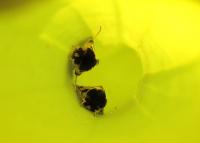
| Recorded by: Jeff Beane on 2019-05-21
Pender Co.
Comment: | 
| Recorded by: Jeff Beane on 2019-05-21
Pender Co.
Comment: Four adults observed inside tubes of Sarracenia flava |

| Recorded by: Jeff Beane on 2019-05-21
Pender Co.
Comment: Four adults observed inside tubes of Sarracenia flava | 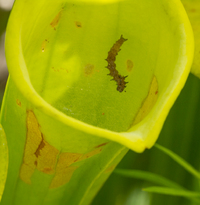
| Recorded by: Steve Hall, Bo Sullivan, Tony McBride on 2014-06-24
Carteret Co.
Comment: Most Sarracenia flava tubes across a large area of this site showed feeding damage or contained larvae; no adults were seen |
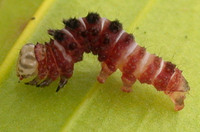
| Recorded by: J.B. Sullivan on 2010-06-07
Carteret Co.
Comment: | 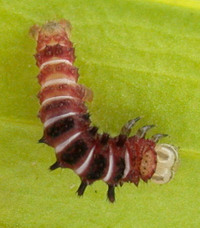
| Recorded by: J.B. Sullivan on 2010-06-07
Carteret Co.
Comment: |
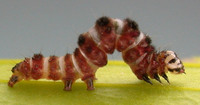
| Recorded by: J.B. Sullivan on 2010-06-07
Carteret Co.
Comment: | 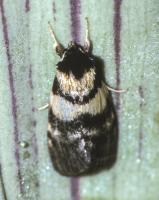
| Recorded by: SPH on 1993-06-12
Montgomery Co.
Comment: photographed an adult inside a Sarracenia flava tube |
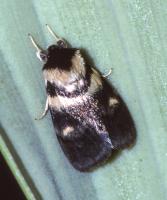
| Recorded by: Steve Hall on 1993-06-02
Cumberland Co.
Comment: | 
| Recorded by: Steve Hall on 1993-06-02
Cumberland Co.
Comment: |
|

 »
»























